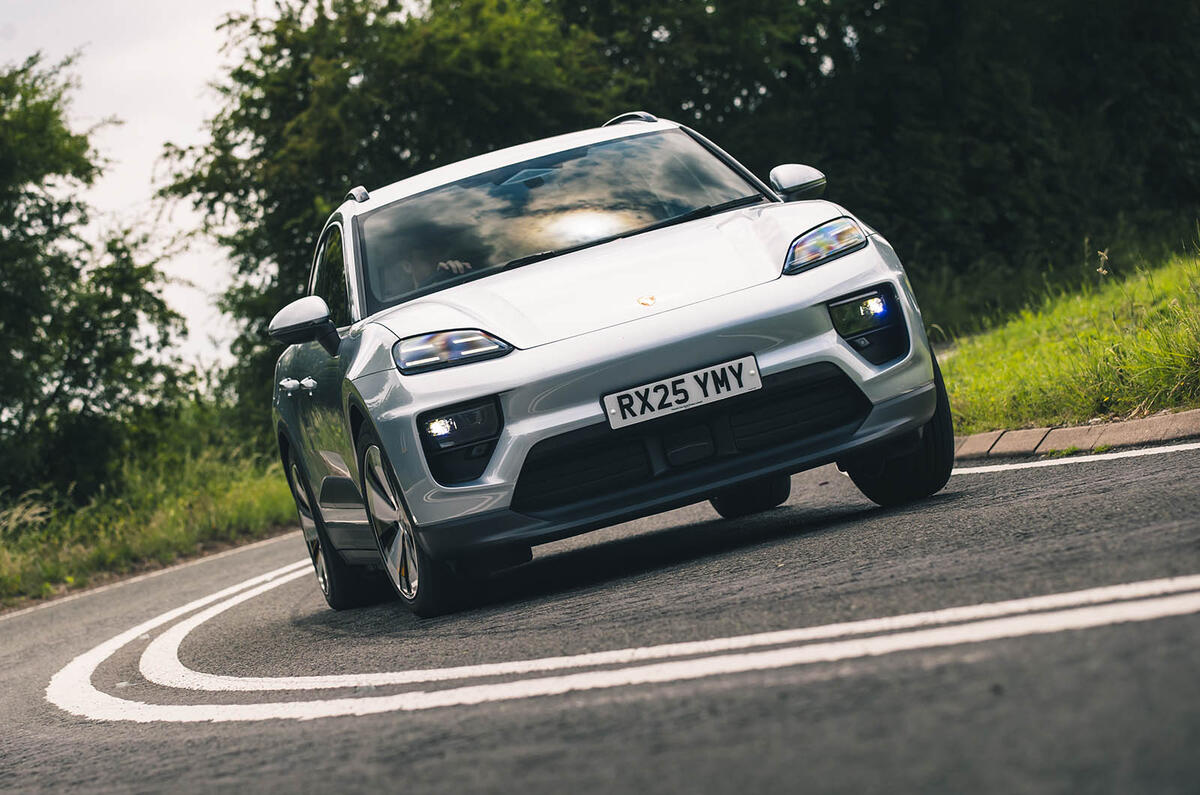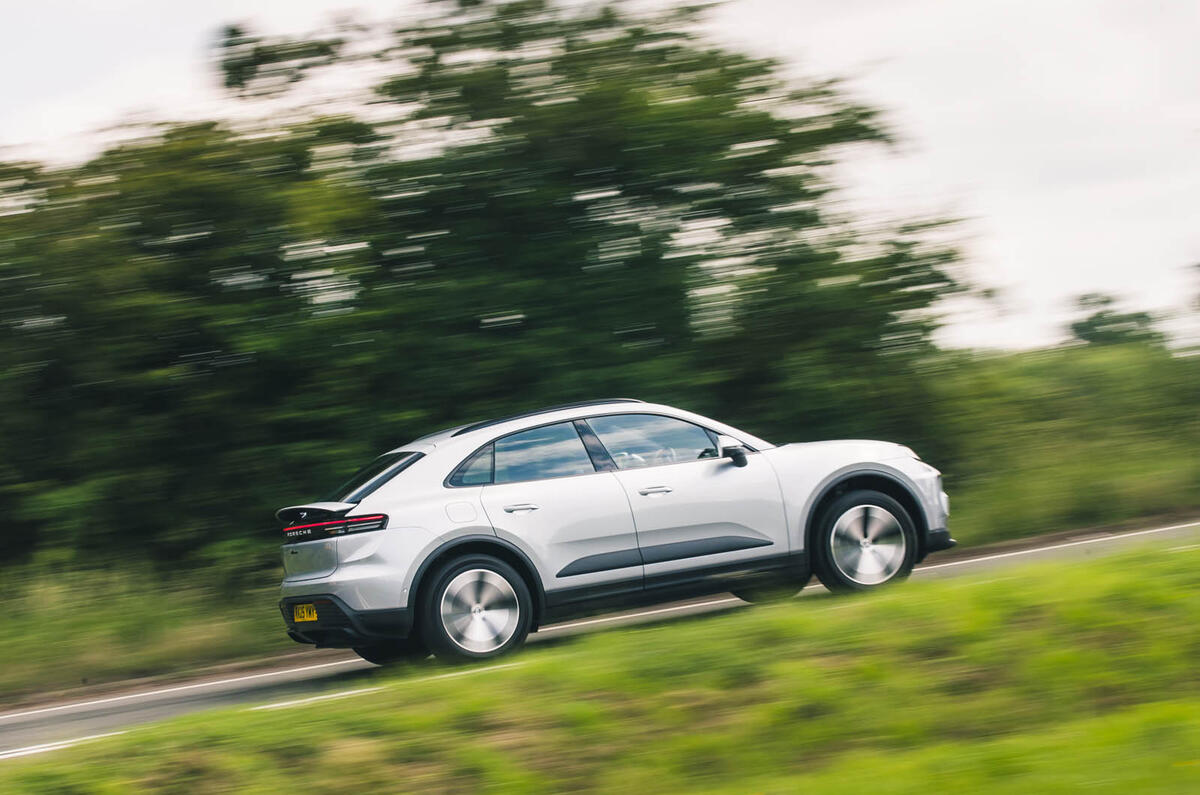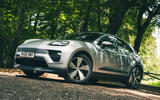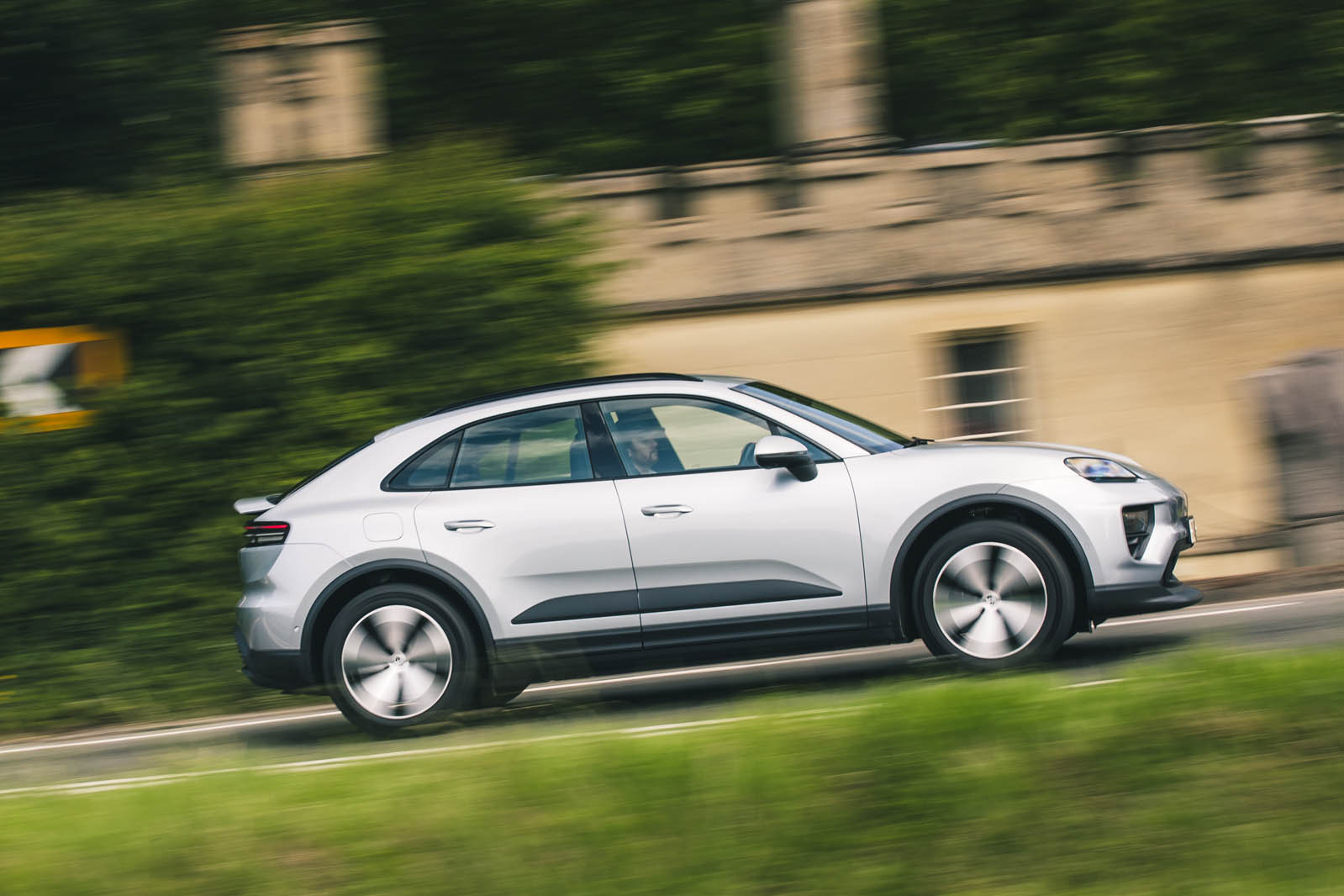The new Porsche Macan Electric has an unambiguous task ahead of it: to become a worthy successor of the celebrated Porsche Macan, only powered by electricity.
If only this was as simple as it sounds. For many, the existing combustion version of Porsche's junior SUV represents a class-dominating spider chart of performance, space, long-distance road manners and just enough fun to ensure you don't regret passing up that Cayman build slot.
And excellent as many electric cars now are, there can still exist some compromises in terms of range or weight and, perhaps most conspicuously here, for dynamic handling appeal compared with their combustion-engined peers.
Which means the Macan EV's biggest challenge may not be in defeating the Polestar 4 or the new Hyundai Ioniq 5 N but simply matching for broad appeal the petrol Macan, which will continue to grace showrooms for a while longer.
So how has Porsche gone about evolving this model for the electric world? We've had a few occasions to find out so far, having now tested all four versions of the car (the base Macan, Macan 4, Macan 4S and Macan Turbo) on European roads, then a Macan 4 and an almost entirely un-optioned Macan RWD in more depth in the UK.
We've covered the Turbo in a full instrumented road test, which you can read here; on this page, our numbers refer to the basic car.
New Porsche Macan Electric cars in stock





























































